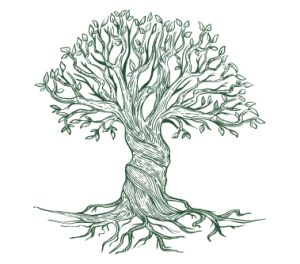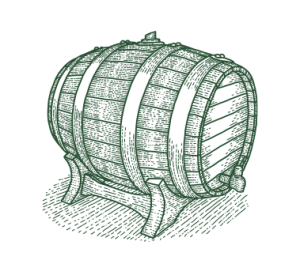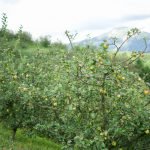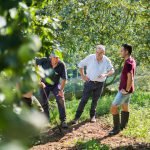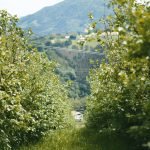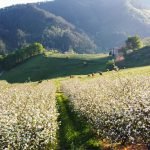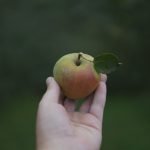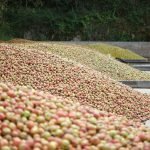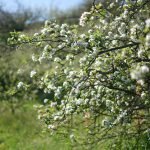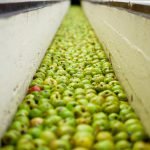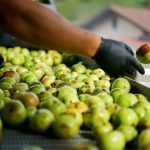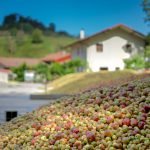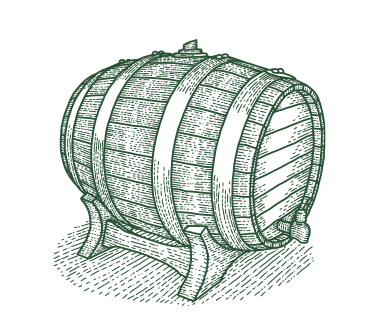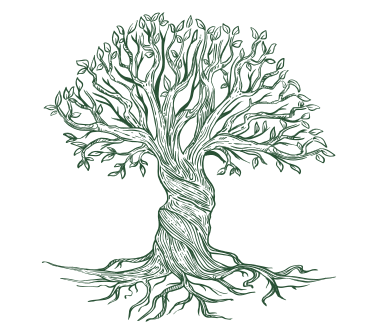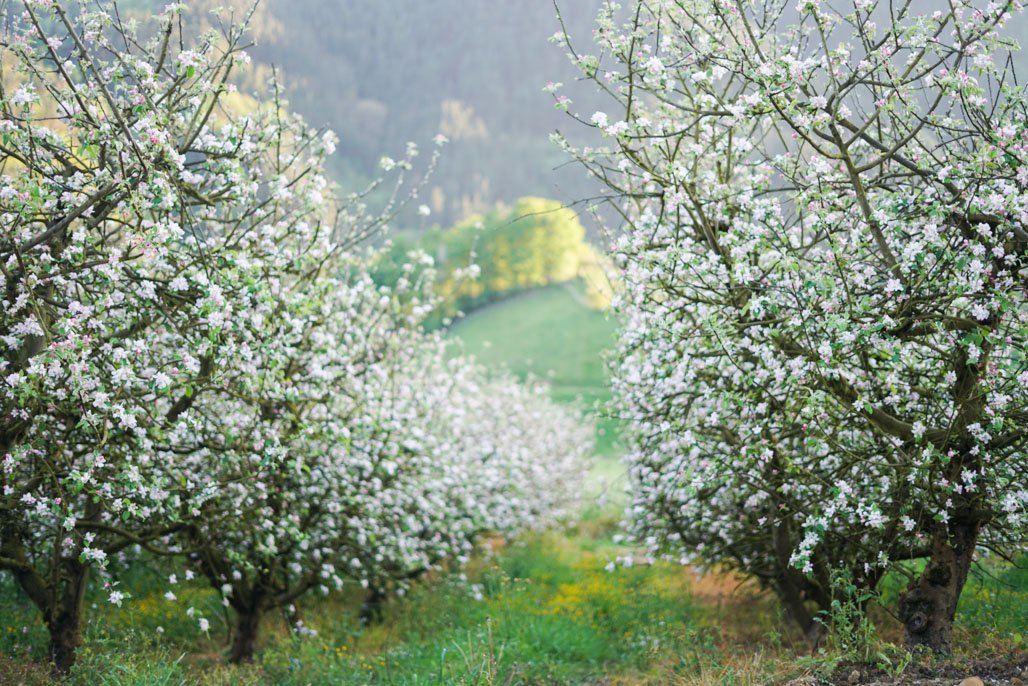
Heroic cider culture
The apple is without a doubt the heart of our sagardoa. Zapiain Sagardoa is nourished both by its apple orchards and from local suppliers, where we grow different types of native cider apples. These varieties have been selected over the centuries to make the best sagardoa, and have been preserved despite the ups and downs of cider production in the history of the Basque Country.
The particular orography of our land with its mountains, hills and steep slopes turns apple cultivation into hard work, in which it is practically impossible to use mechanized machinery. This task requires a lot of effort and is still done manually today.
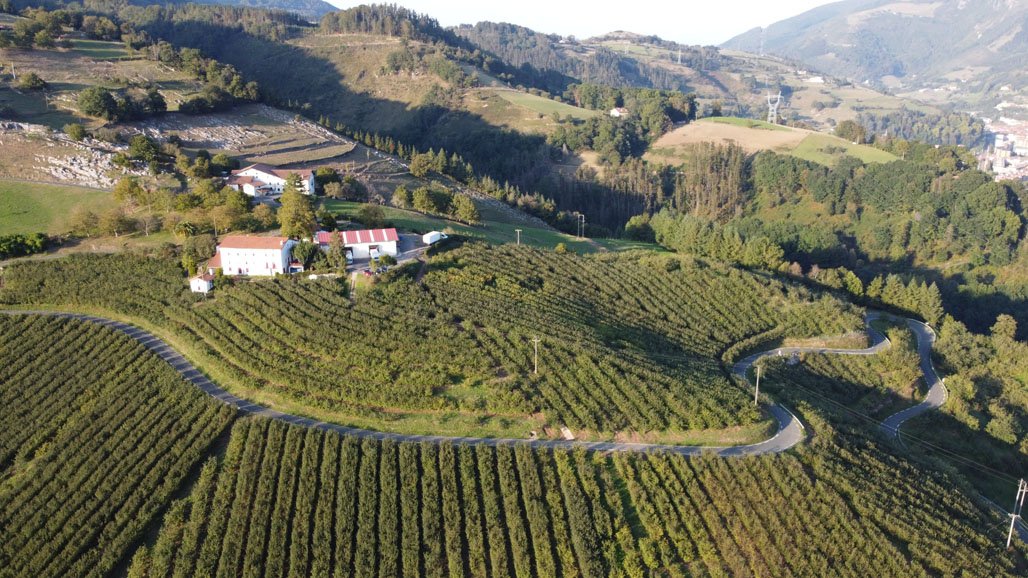
In the world of wine there are some vineyards that are famous for being on land that hinders their cultivation, such as those of Valais, Ribeira Sacra, Alsace, the Aosta Valley or even our Txakoli. If the art of growing grapes in these places has often been called “heroic wine culture”, we can say that in our apple orchards takes place an “heroic cider culture”.
Native varieties
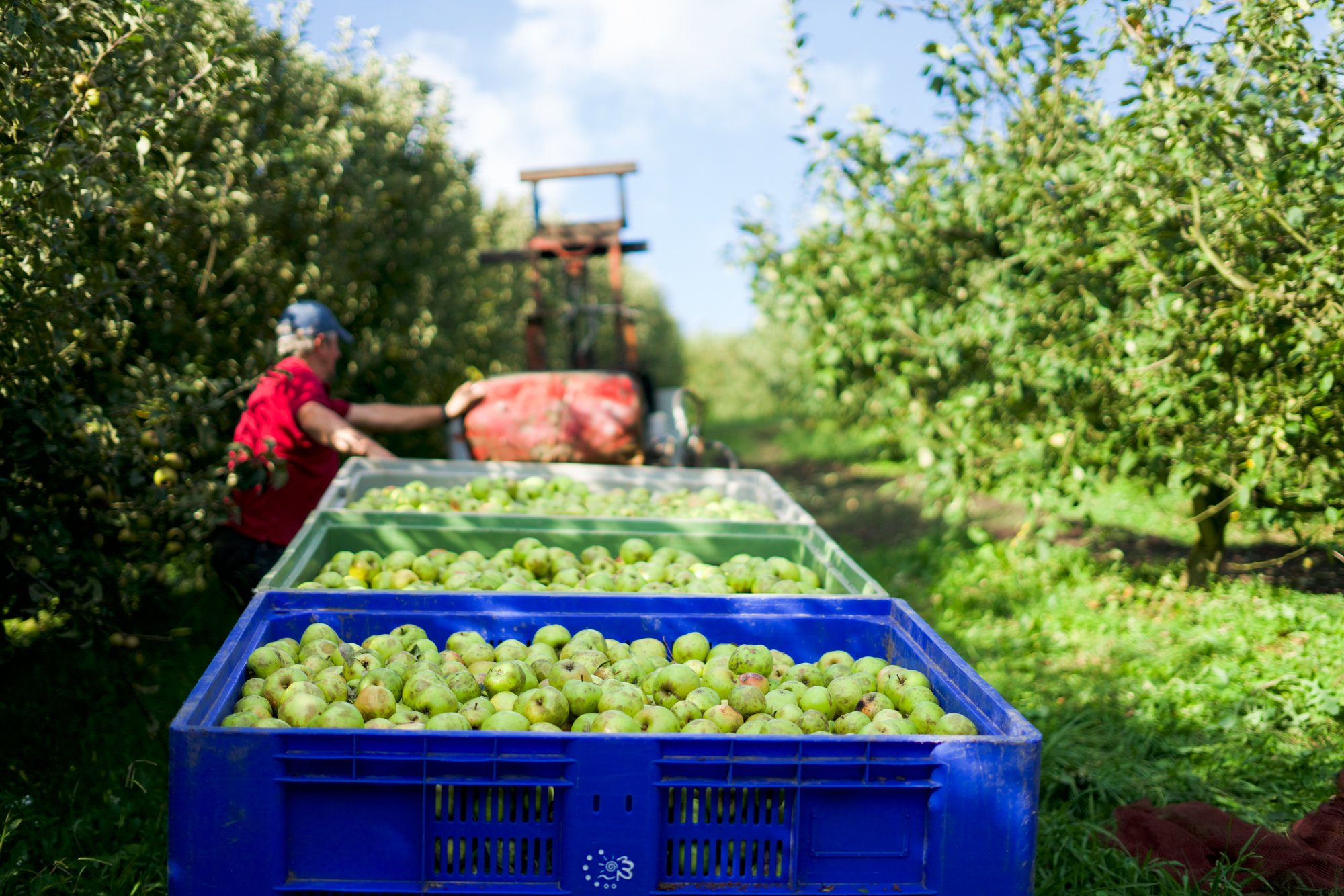
The Basque cider apple is distinguished by its genetics, and also by the qualities that the climate and the earth give to it. Our sagardoa is a product closely linked to the terroir, made from apples that have been praised on numerous occasions for the elaboration of cider.
A bottle of Zapiain Sagardoa encloses centuries of history and knowledge inside. For the elaboration of a quality sagardoa it is necessary to combine several types of apples, framed mainly in the sharp and bitter varieties. These are some native apple varieties that we grow and use in our sagardotegi: Moko, Gezamina, Urtebi Haundi, Urtebi Txiki, Patzolua, Urdin Sagarra, Manttoni.
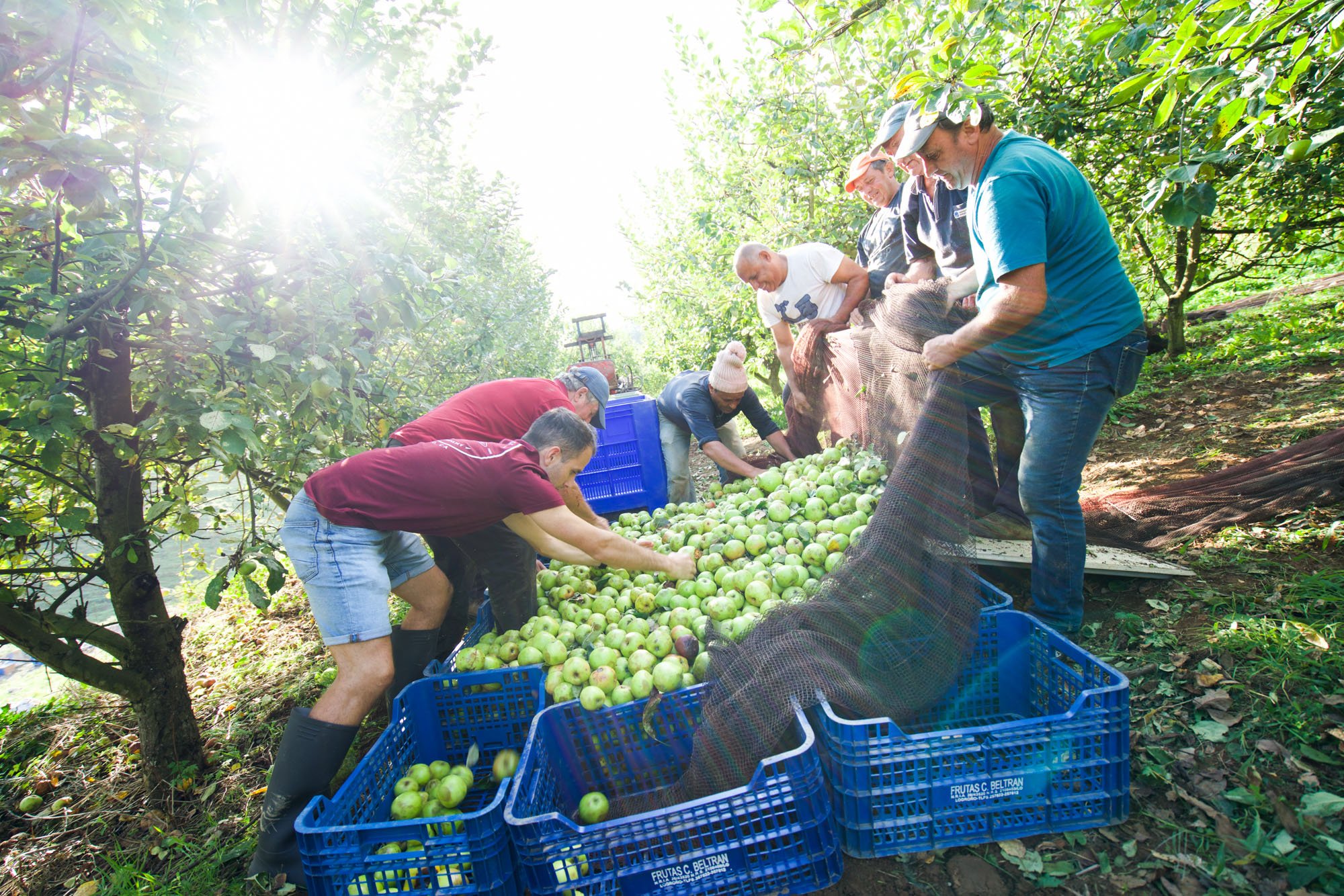
The apple harvest takes place in early autumn, although the precise time of harvesting depends on the state of fruit ripening. For the elaboration of a quality product, it is essential that the apple is in the optimal state of ripeness. This data is obtained through different analyzes such as the starch regression test or the use of a refractometer.
Once harvested, the apple is handled with great care so that it arrives in the best possible conditions at the tolare, the press in which the must is extracted. At Zapiain Sagardotegia we use water and gravity to move the fruit and we carry out a manual selection, preventing it from bumping and rusting. This pre-fermentation work, which must be carried out in the shortest possible time, is essential to obtain the best results.
